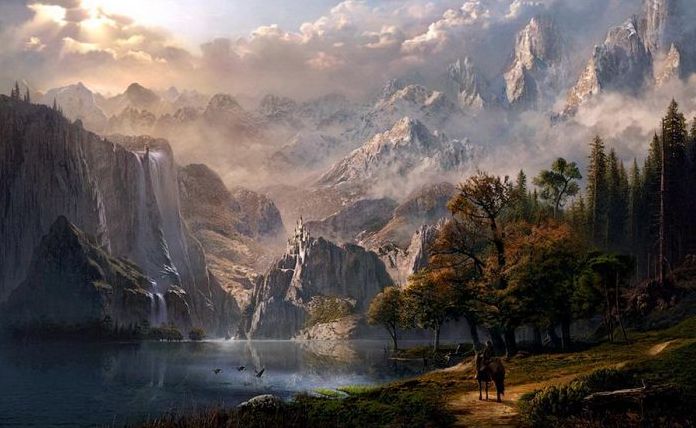|
|
Matte Paintings By Sarel Theron
|
By the mid-1980s, advancements in computer graphics programs allowed matte painters to work in the digital realm. The first digital matte shot was created by painter Chris Evans in 1985 for Young Sherlock Holmes for a scene featuring a computer-graphics (CG) animation of a knight leaping from a stained-glass window. Evans first painted the window in acrylics, then scanned the painting into LucasFilm’s Pixar system for further digital manipulation. The computer animation (another first) blended perfectly with the digital matte, something a traditional matte painting could not have accomplished.
New technologies
Throughout the 1990s, traditional matte paintings were still in use, but more often in conjunction with digital compositing. Die Hard 2: Die Harder (1990) was the first film to use digitally composited live-action footage with a traditional glass matte painting that had been photographed and scanned into a computer. It was for the last scene, which took place on an airport runway. By the end of the decade, the time of hand-painted matte paintings was drawing to a close, although as late as 1997 some traditional paintings were still being made, notably Chris Evans’ painting of the Carpathia rescue ship in James Cameron’s Titanic.
|
|









